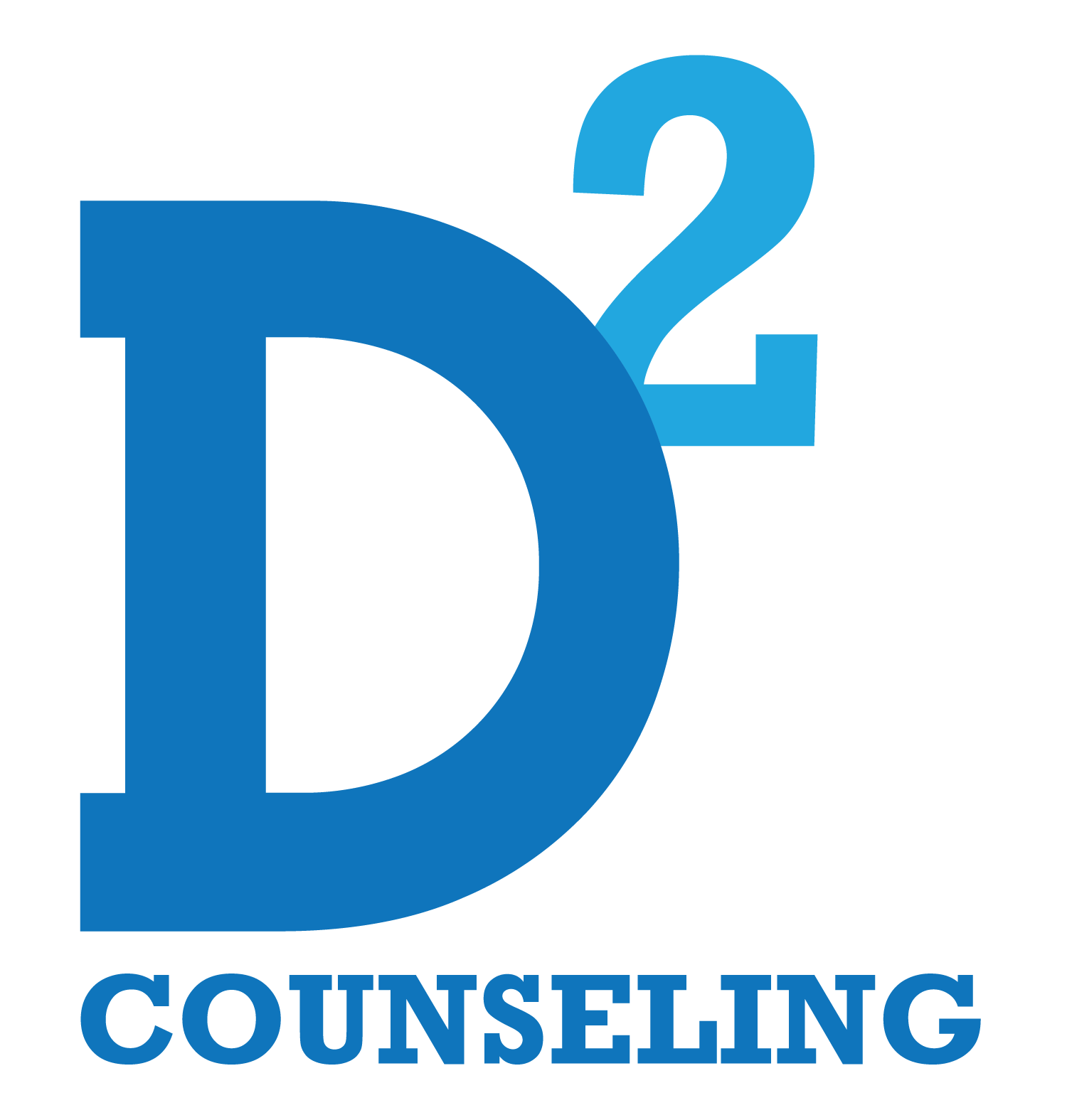Accelerated Experiential Dynamic Psychotherapy (AEDP) categorizes emotions into two groups: core emotions and inhibitory emotions. According to this approach, humans are hard-wired to experience core emotions, such as fear, anger, sadness, disgust, joy, and excitement, which are triggered in the middle part of the brain and are not subject to our conscious control. Core emotions are brilliant sources of wisdom, providing influential messages that are meant to be adaptive and help navigate our lives. Alternatively, inhibitory emotions, such as shame, anxiety, and guilt, are learned emotions on a mission to block (inhibit) core emotions. Inhibitory emotions block core emotions for two reasons: when the brain attempts to protect you from the perceived emotional overwhelm that a core emotion may illicit, and when the core emotion may create conflict with a person whom you feel you need to please, such as a partner or parent.
Many of us get caught in cycles of relentless anxiety, shame, and guilt that we just can’t seem to abate. This may sound like preoccupations with catastrophic possibilities (anxiety), consistently questioning your worth and how you measure up in accordance with your view of others (shame), and torturing yourself concerning your past behaviors (guilt). Now, anxiety, shame, and guilt have their place and can certainly be productive. However, because of their inhibitory approach, can also be excessive and trivial.
Relief from inhibitory emotions begins when we connect with what they are blocking: the underlying core emotion(s). Processing core emotions enables us to get to what is considered The Openhearted State, where we feel calm, connected (to ourselves and others), compassionate, confident, curious, and clear. Interestingly, an emotion in its pure form only lasts a minute and a half if we respond to it effectively, with a developed skillset. This can be a motivating reminder in moments of intense emotion.
Birthed out of this theory, The Change Triangle provides a map to journeying through inhibitory emotions and core emotions to get you to The Openhearted State. As seen on The Change Triangle, defenses are also a place where we often get stuck. Defenses are anything we do to avoid feeling, such as addiction, numbing out, sleeping, rumination, too much screen-time, and perfectionism. The creator of The Change Triangle, Hilary Jacobs Hendel, theorizes that depression is a defense because in a depressive state we are disconnected from our emotion; therefore, healing from depression requires connection and processing of core emotions. Many of us spend time oscillating between defenses and inhibitory emotions, out of avoidance of feeling core emotions. This method of coping prevents us from experiencing The Openhearted State and induces suffering. Hendel beautifully shares her theory in her book, It’s Not Always Depression, which introduces The Change Triangle as a model that provides steps to take you from a space of disconnection to your true self: The Openhearted State.
The ultimate objective of The Change Triangle is to assist you in feeling better. Once you hone skills to process emotions, you can heal repressed emotions and hang out in the splendor of The Openhearted State. Spending more time in this state helps us build the confidence we need to maintain a quality life.
I’d be thrilled to further orient you to this model and many others to assist in your healing journey at D2 Counseling.




